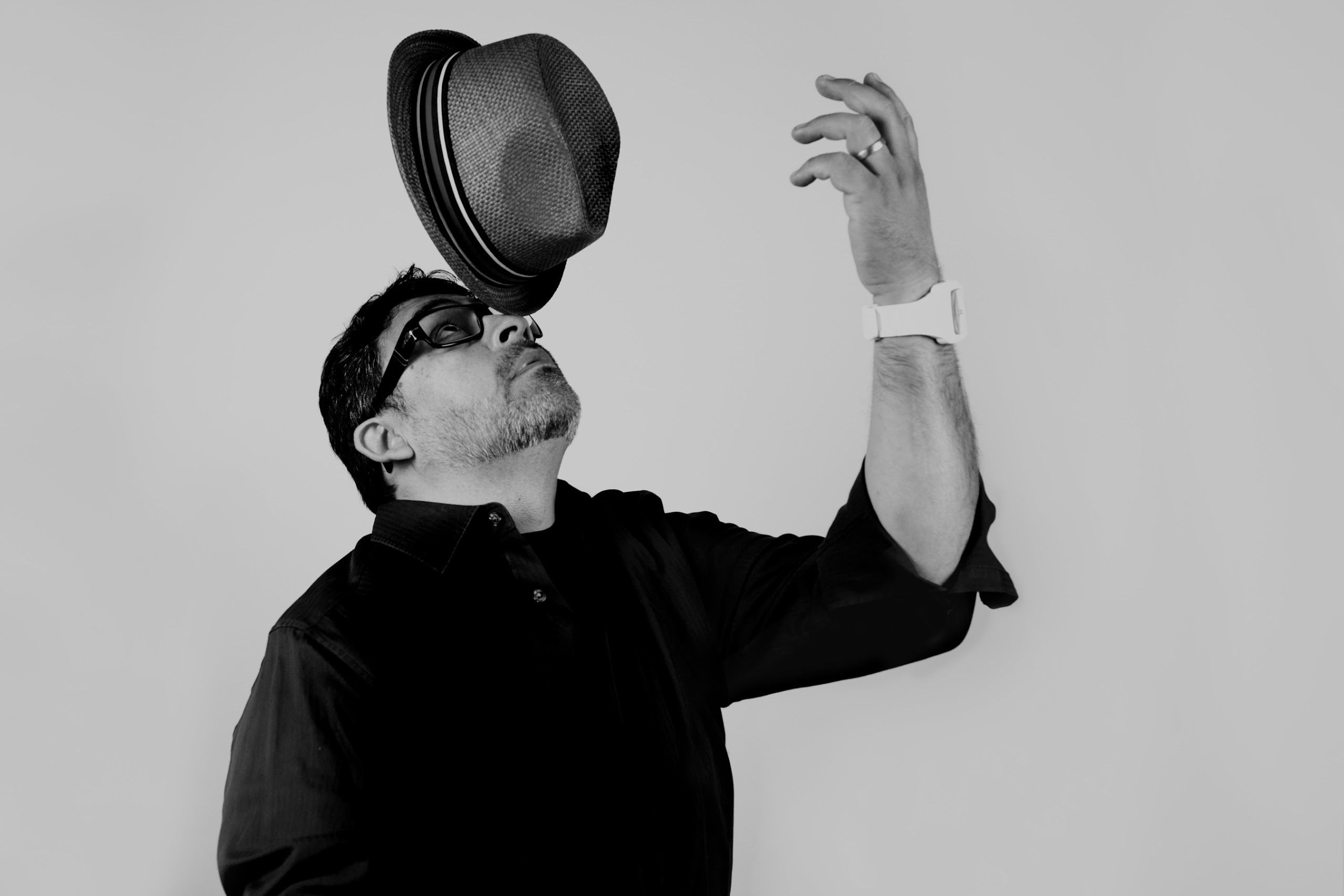We were recently featured in PromaxBDA Creative Brief, calling out our multidisciplinary talent.
You see, “Strategy” is more than a service offering at Oishii Creative. In fact, it’s so woven into our culture and business practices that you’re as likely to run into a political scientist here, as you are an accomplished creative director, animator or film historian.
Being a creative solutions partner to TV clients means more than having talented designers, directors and strategists. It’s pitching our tent outside the folds of “business-as-usual,” and building a culture of people who are empowered to think about the future today.
Imagine using design in new ways and always questioning everything we take for granted. Only you know what business model suits your particular strengths and capabilities, but we hope that a glimpse into the workings of Oishii’s business model and culture will illustrate a paradigm for success. It all starts with creative entrepreneurs. You can read more about this at the jump, and be sure to come back next week as we discuss the importance of building a brain trust and democratizing design solutions.
Start With Creative Entrepreneurs
People start companies for a variety of reasons. Passion, purpose and profits motivate them to take huge risks.
Creative companies – just like us in the broadcast and design industry – are typically founded by artists who happen to be entrepreneurs. Harmut Esslinger describes it as ‘the designer who wants to use design beyond beautification.” Another way to look at it is, designers have a unique skill: creating a commercial enterprise through the mergence of design and art.
What distinguishes creative entrepreneurs from their counterparts is the ability to see the value of operationalizing creativity. After all, they’re running a business and chasing innovation.
After Harvard Business Review author and professor Jeffrey H. Dyer studied over 3,000 executives and entrepreneurs, he concluded that the most innovative leaders spent 50% more time on what his team called the “discovery activities of innovation: questioning, observing, experimenting and networking.”
This isn’t just a matter of “let’s think about television’s problems.” It’s systemic – and teams have to see how design and television are experienced through every relevant lens, whether it’s history, demographics, art, business or technology. It’s the ambient knowledge that everyone can tap into. This is how the truly creative entrepreneur wants people to find meaningful work.


Comments ( 0 )